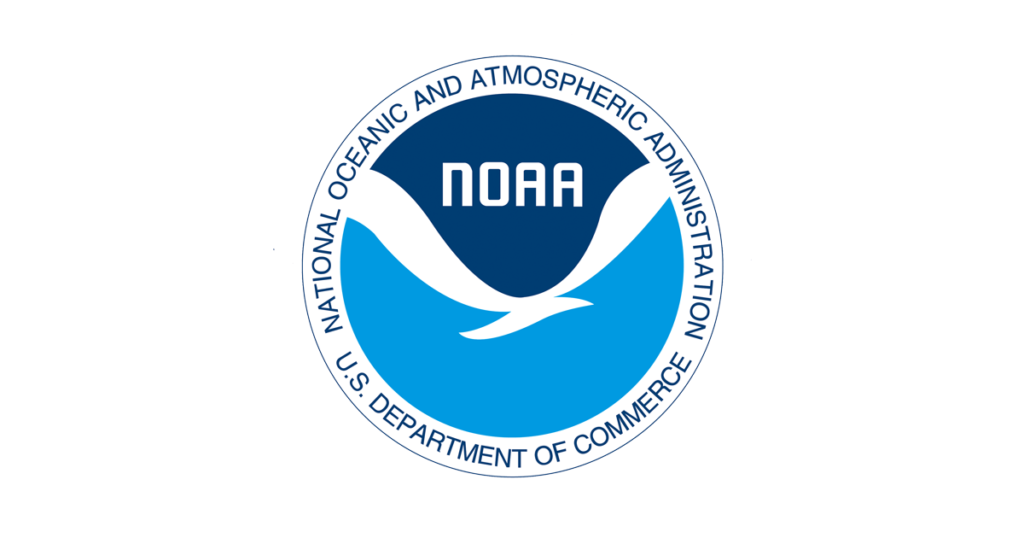NOAA Ocean Exploration Meets Major Mapping Milestone
Posted
Last Updated
Two million square kilometers. Or 772,204 square miles. That’s more than one quarter the size of the contiguous United States. And it’s the area of seafloor mapped by NOAA Ocean Exploration using the modern, high-resolution multibeam sonar system aboard NOAA Ship Okeanos Explorer since the ship was commissioned in 2008.
Why We Map
There’s so much to thank the ocean for. From the air that we breathe to the food on our plates to the climate that makes our planet habitable. Nevertheless, so much of our ocean, the deep ocean in particular, remains unexplored.
Exploration leads to discovery, and the first step in exploration is mapping. Seafloor mapping provides a sense of the geological features and animals of our deep ocean and sets the stage for discoveries to come. But, it’s not just about the thrill of discovery. Deep-ocean seafloor mapping has many benefits. Broadly, it provides insight into geological, physical, and even biological and climatological processes, helping us better understand, manage, and protect critical ocean ecosystems, species, and services for the benefit of all. In addition, it supports navigation, national security, hazard detection (e.g., earthquakes, submarine landslides, and tsunamis), telecommunications, offshore energy, and more.
NOAA Ocean Exploration’s Role
For years, NOAA has been leading efforts to complete seafloor mapping in U.S. waters, and NOAA Ocean Exploration has been leading these efforts in deep waters (below 200 meters, 656 feet). Now, all of this work is being done in support of the National Strategy for Mapping, Exploring, and Characterizing the United States Exclusive Economic Zone (national strategy), which calls for completing mapping of the U.S. Exclusive Economic Zone by 2040 (waters deeper than 40 meters (131 feet) by 2030 and the near shore by 2040).
As such, mapping is a critical part of every NOAA Ocean Exploration expedition on Okeanos Explorer. In addition, decisions about where we go and where we dive all start with a map. We pursue every opportunity to collect and archive data from largely unmapped areas of the seafloor using the ship’s suite of modern sonars. Over the years, mapping data collected aboard the ship in the Atlantic, Pacific, and Indian oceans as well as the Gulf of Mexico and Caribbean Sea have revealed numerous new features and spurred major discoveries. Seamounts, trenches, canyons, ridges, banks, hydrothermal vents, brine pools, methane seeps, coral mounds, shipwrecks — we’ve mapped them all and more.
READ MORE at noaa.gov

